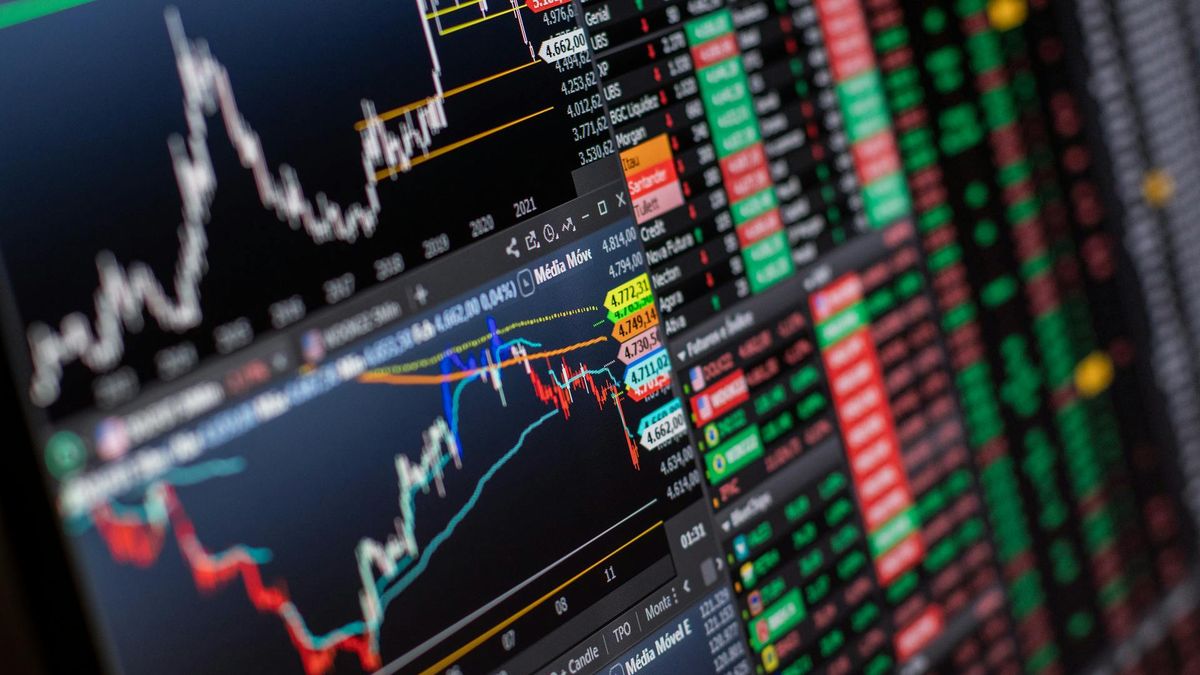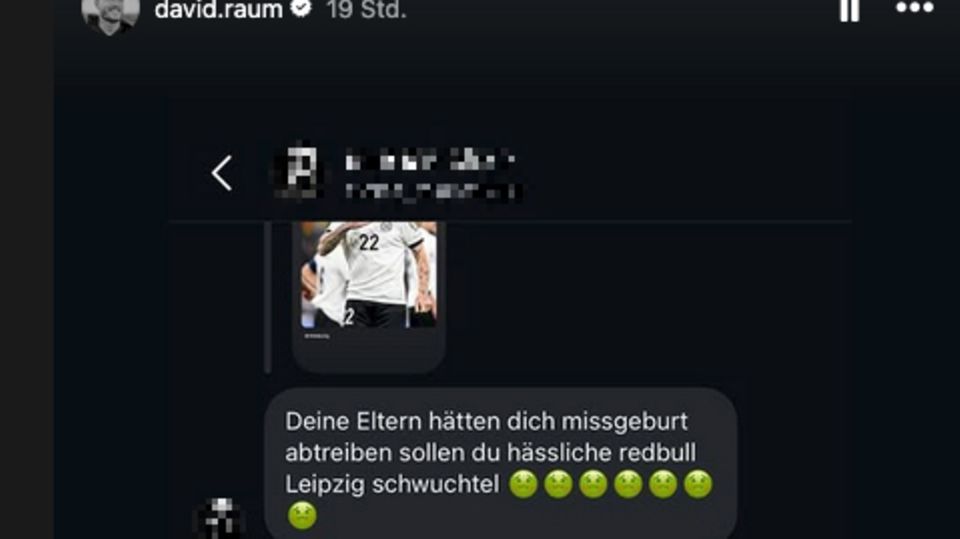“Atomic energy is a green energy,” said Rafael Grossi, director general of the International Atomic Energy Agency (IAEA). “It produces almost no CO2 emissions.” French President Emmanuel Macron also shares this opinion. He rediscovered nuclear energy before the presidential elections in April and recently announced a billion euros for its expansion. In a televised address on Tuesday evening, he affirmed the goal of building new reactors. The nuclear power France already gets around 70 percent of its electricity from nuclear power plants – the highest proportion worldwide.
Without nuclear power, Macron argues, France and the EU cannot become climate neutral by 2050, as planned. Through intensive negotiations behind the scenes, according to Brussels diplomats, France has convinced a majority of the EU states that nuclear power should be part of the so-called taxonomy. This is a legal text by the EU Commission that investors around the world are eagerly awaiting. If the Brussels authority classifies nuclear energy as “sustainable” in a few weeks’ time, it will be tantamount to recommending the financial markets to invest in nuclear facilities.
From a purely legal point of view, it is “completely irrelevant” how much CO2 atomic energy releases. This argument does not count legally, said Martin Litschauer, anti-nuclear spokesman for the Austrian Greens. “The Taxonomy Ordinance already specifies criteria. This does not include how CO2-intensive a technology is, but whether it is based on renewable resources or does not hinder the development of low-carbon alternatives.” Neither is the case for atomic energy. “According to a legal report commissioned by the climate ministry, all other criteria do not apply to atomic energy,” continued Litschauer.
Eight countries around France, Poland, Hungary and the Czech Republic have called on the EU Commission to classify not only nuclear power plants and nuclear waste storage facilities as “green”, but also natural gas power plants. For the fossil fuel natural gas, however, this should only apply in a “transitional phase” until 2030, and only for “the most efficient gas-fired power plants”, emphasizes the French Ministry of the Environment.
The Eastern European countries need natural gas as a transition technology to reduce their dependence on the even dirtier coal. But that also applies to Germany, which obtains gas from Russia.
Austria and Germany against “green” nuclear power
Germany and Austria oppose the recognition of nuclear energy as “green”. In a legal opinion that has now been commissioned in Brussels, it says that this would be “open to challenge before the EU courts”. In plain language: Berlin and Vienna threaten indirectly with a lawsuit if the EU Commission gives in to France and the other nuclear proponents.
EU Commission President Ursula von der Leyen is therefore in a quandary. It recently described both atomic and natural gas as “stable”, ie reliable sources of energy, as long as Europe cannot generate its electricity from wind, sun or hydropower alone. The EU is still a long way from achieving this goal.
According to the Commission, renewables were the largest source of energy in Europe for the first time in 2020. But so far they only represent a share of 38 percent, while fossil fuels such as coal and gas make up 37 percent and nuclear power 25 percent.
For the planned traffic light coalition in Germany, the classification of atomic energy as “green” is explosive. Because opponents of the German nuclear phase-out could refer to this. In 2011, after the Fukushima disaster, the then coalition of the Union and FDP decided to shut down all German nuclear power plants by the end of next year.
Source From: Nachrichten




